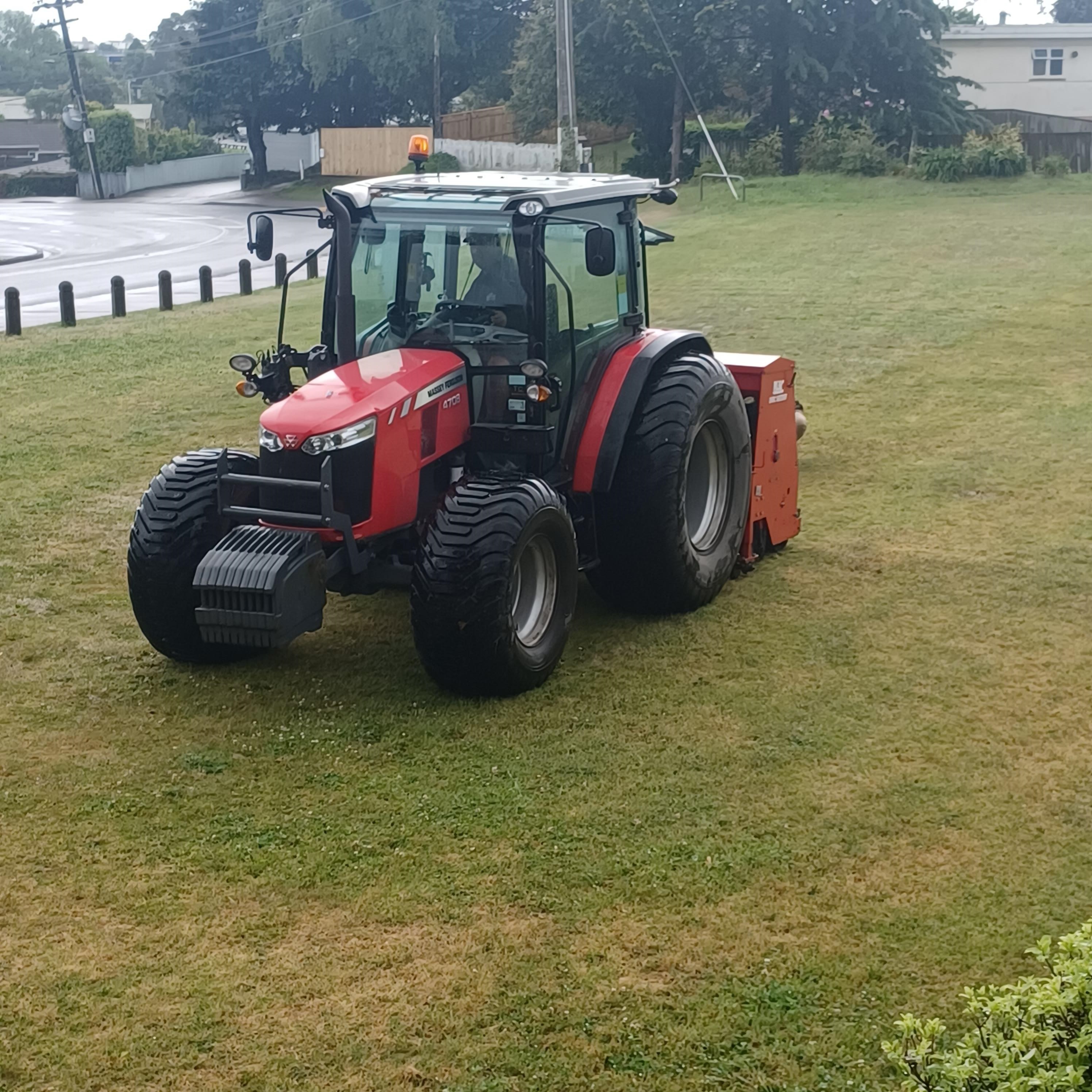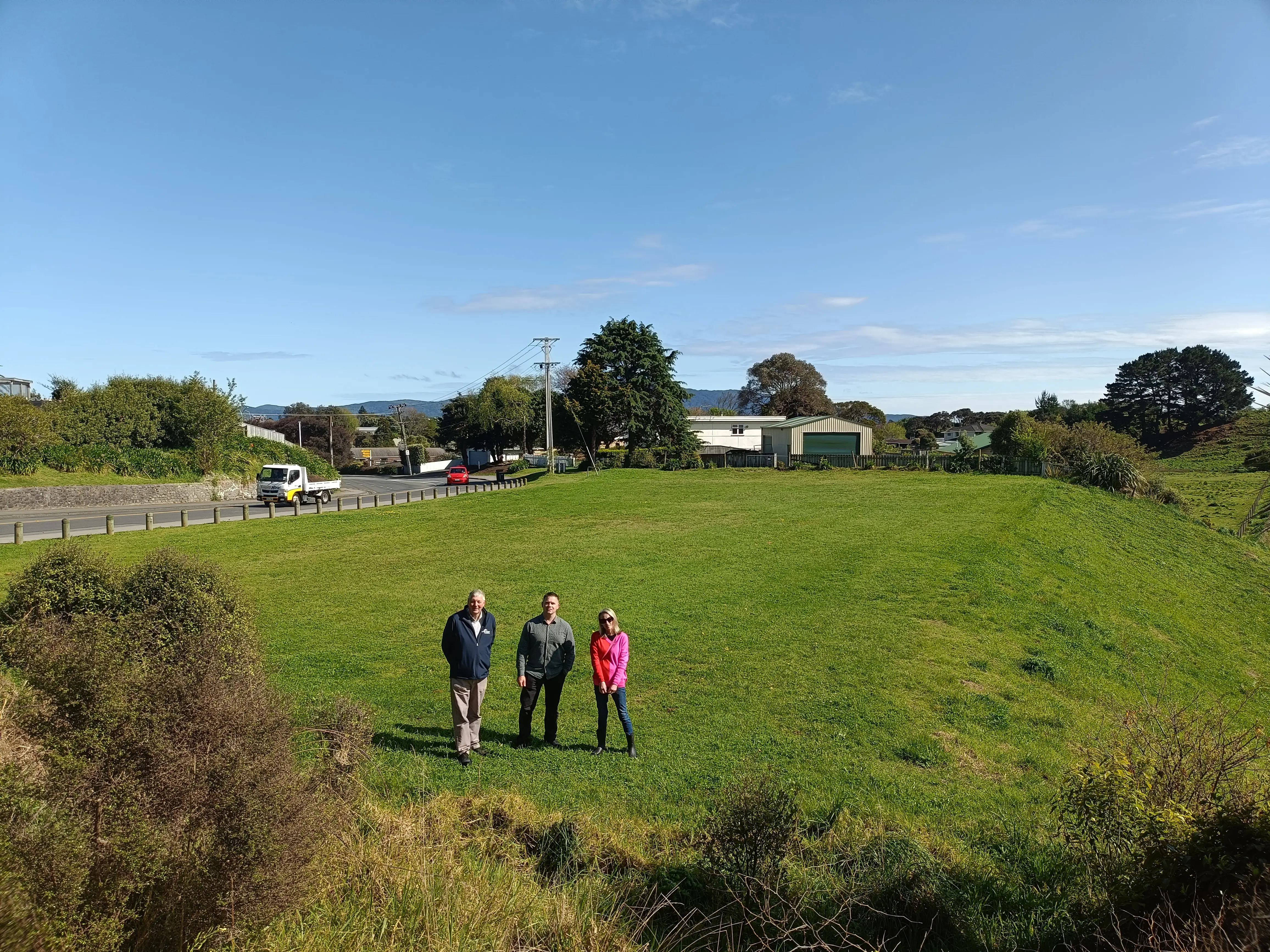Low mow trial
22 Nov 2023, 2:17 PM
Introducing Kāpiti Coast’s first “sustainable meadow”, where we're trialling a low-mow approach to managing grassed areas on the Kāpiti Coast.
We’ve sown a mix of fescue and white clover on Council-managed land by 79 Raumati Road, to replace the existing grass. Instead of mowing the area on a three-weekly rotation we’ll be taking a much more hands-off approach and letting the new plants go a bit wild. We’re aiming to reduce the mowing work our teams do, to:
- save money
- reduce carbon emissions
- better prioritise our mowing effort.
If the trial goes well, we’ll look to expand the approach to other suitable areas.

It’s important that lots of the Kāpiti Coast’s parks and open spaces are regularly mowed – places like playgrounds, sports fields, and popular picnic spots. We’ll continue to keep those places well-maintained and looking great.
About the sustainable field
We chose the trial area at the suggestion of the Raumati Community Board. It's an ideal place to try this out, as it’s not a park where people tend to go to hang out, play or picnic. The area will look different to regularly mowed places, with a less manicured appearance.
We know some will be thinking of a picturesque wildflower meadow. However, these are not a natural ecosystem in Aotearoa New Zealand, and creating one would not be cost effective for this purpose. It's also not suitable for native species – but along with local volunteer groups we plant thousands of natives in appropriate areas every year.
We’ll keep an eye on the trial area, especially during hot weather, to make sure it’s not a fire risk and to maintain the edges. We’ll also put some rat and mouse traps in place to keep pests under control.
Things to look out for
We’re hoping to get some good benefits from the trial that can be expanded to other areas. There are some possible downsides to keep an eye on, too.
Potential benefits include:
- reduced mowing costs (fuel and maintenance)
- reduced carbon emissions
- allowing Council staff to focus on priority areas
- increased habitat for honeybees, bumblebees, and other exotic insects.
Potential risks we’ll monitor and manage include:
- a possible increased fire risk in dry weather
- community concern over a more unruly appearance
- creating habitat and food source for rodents.
There'll also be limited, if any, benefit for indigenous biodiversity.
